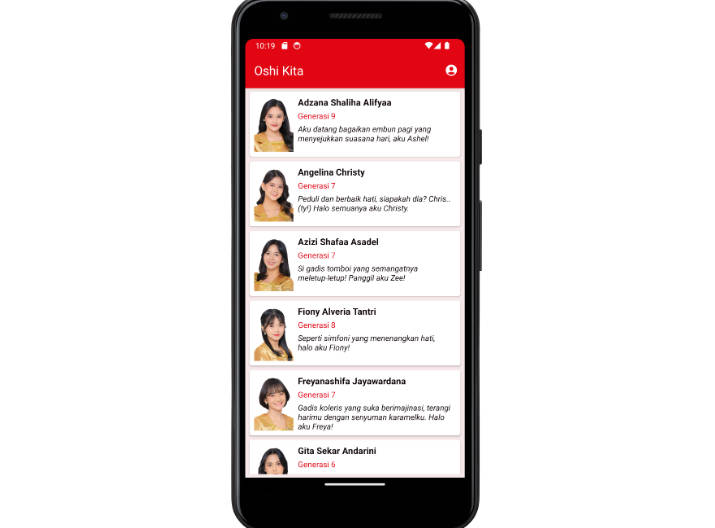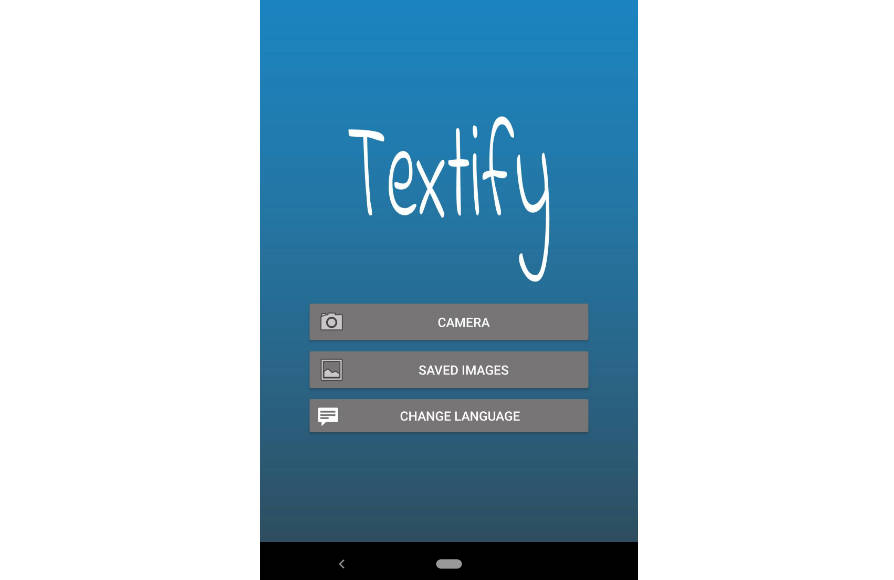Android Room CRUD
An open source Kotlin sample application on how to holistically use Android Room as a database backend for item list/detail workflow. All operations supported: Create, Read, Update and Delete.
Foreword
This is a very simple Kotlin implementation of CRUD using Room, and this app works.
I am however a Kotlin beginner, hence I am looking forward to receive corrections, suggestions, enhancements, and possibly create additional samples using specific libraries that can make this workflow simpler, cleaner and faster to implement.
For any of such cases, please submit a comment, open a bug, or make a PR.
Application workflow
A RecyclerView displays the list of all the stored items. A click on the Floating Action Button opens up the Create screen. A click on any of the list entry opens up the item detail view, allowing for individual item update and deletion.
Technical overview
Android Room simplifies data persistency by abstracting many aspects of the interaction with the SQLite database used in the background. Additionally, using the library annotations, it avoids a lot of boilerplate code.
Data Classes
Follow along the code with explanation of the various classes introduced for handling data, and their purpose. Some of these classes must be replicated for each new database table you want to include.
class DataRecord
This is a Kotlin data class and using the Room annotations, it will map directly to a database table.
In this app, we will be storing a record of type String. Each record has an id of type Long, which is autogenerated and serves as the primary key. The database table is called datarecords.
class DataRecordDao
The next step is to define a Database Access Object class, which is where all the CRUD methods will be defined. Here you define function names, and associate them to database operations. You can use predefined ones, like @Insert, @Update and @Delete, or use @Query and define your custom query.
Note how input types can be either of type DataRecord (and might accept multiple items), or another type, like Long, and how such input parameter is referenced inside the query via the “:”.
Also notice how some functions are defined as suspend, and how others are returning LiveData.
class DataRecordRepository
This class is typically used in between the application and the DAO. The reason for this extra layer is some extra flexibility that it allows. For example, the Repository could use multiple DAOs to build a final data response for the application. Also, the Repository could use multiple points of access to the data, say Cache, Local Database and Network, and use some logic to retrieve from one place rather than the other.
Since this application is quite simple, this Repository doesn’t really do a whole lot more than basically re-writing the methods from the DAO.
class AppRoomDatabase
This is the class properly defines the SQLite database and ties all the tables together, plus more. In here you specify the desired database filename (or use default).
Also, make sure to specify all the data classes that are part of the model as entities of the @Database. In this example, there is only one: DataRecord::class , but you could have multiple.
Not implemented in this example app is a Migration strategy, which is the piece of code that will deal with database schema changes and will convert existing data to the new format upon database version update (signalled by the version number increase)
UI Layout
Without going into too many details, I will describe how this app works.
- We want to store and retrieve items of type DataRecord.
- We want a create button. When we click on this button, an empty dialog opens up allowing us to fill in the properties that make up a DataRecord, and then a button to save such record into the database.
- When we have a lot of items, we want to able to see them as a list and we want to be able to click on any of such list entries.
- When we click on any entry, a detail page should open, loading the values from the selected DataRecord, and allow us to update or delete it.
classes DataRecordListActivity, DataRecordAdapter, DataRecordViewModel
The activity loads the XML layout named activity_datarecord_list which is defined activity_datarecord_list.xml. It exposes a fab (Floating Action Button), which we will use for the create operation, using a new Intent. Inside the layout, another layout is referenced: data_record_list_recyclerview which corresponds to file data_record_list_recyclerview.xml This is the one that will display the list of items by using a RecyclerView, whose ID is datarecord_list.
In summary, the Activity contains a RecyclerView, every line of which is a ViewHolder. Each ViewHolder is inflated and populated via the Adapter.
The order of operations (roughly) is:
- Activity loads the activity layout, and also loads the RecyclerView nested layout.
- Activity loads the ViewModel, which already has a list of items: allItems.
- Activity iterates through every item inside allItems and calls the Adapter on each, to inflate the Adapter layout.
In this specific case, we use LiveData and Observers because we want to able to respond to data changes in the background: if the database is modified in the background, the UI will automatically reflect the change.
The Adapter also sets up a Listener for the click event: OnClickListener so that a new Intent will get fired up.
Note, however, that in this case we need a way to tell the Activity to load the details of the current item. Since each item is uniquely identified by their id, we will pass that to the Intent via putExtra.
class DataRecordDetail
This is the Activity for showing the Detail page of Record data, and also for creation of a new Record. We reuse the same XML Layout to either Create a new Record or to Edit/Delete and existing one.
The way to distinguish the cases is through examination of the received Intent. If the intent has Extra Data, then it should be a case of Edit/Delete (with implicit Get). Otherwise, it will be a new record create.
The UI is designed with three static buttons, however we hide/show the appropriate buttons based on the same analysis, so as to make it less confusing and error-prone.
All database operations are performed using an instance of the DataRecordViewModel.
License
Android Room CRUD is released under the MIT License.
The source code is available on GitHub at https://github.com/salvoventura/android-room-crud





